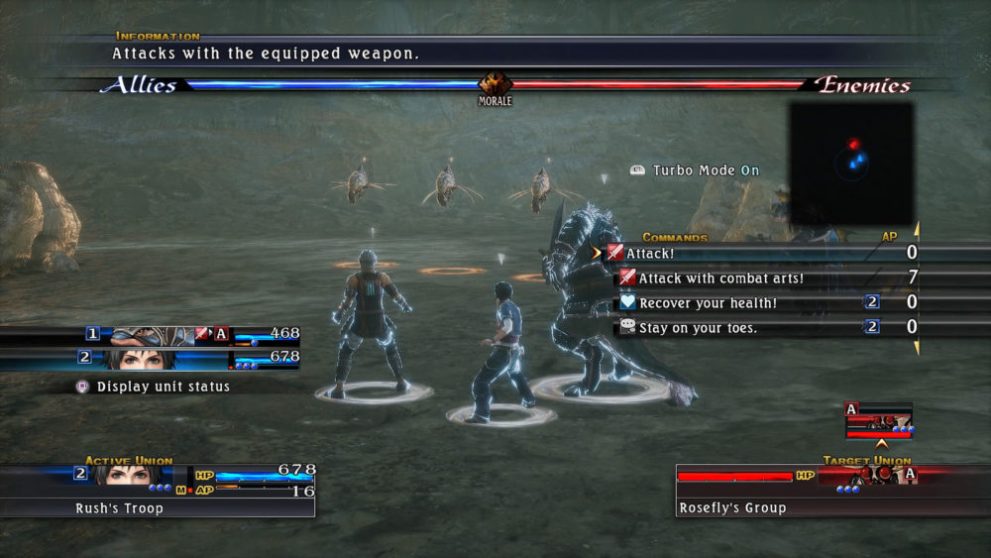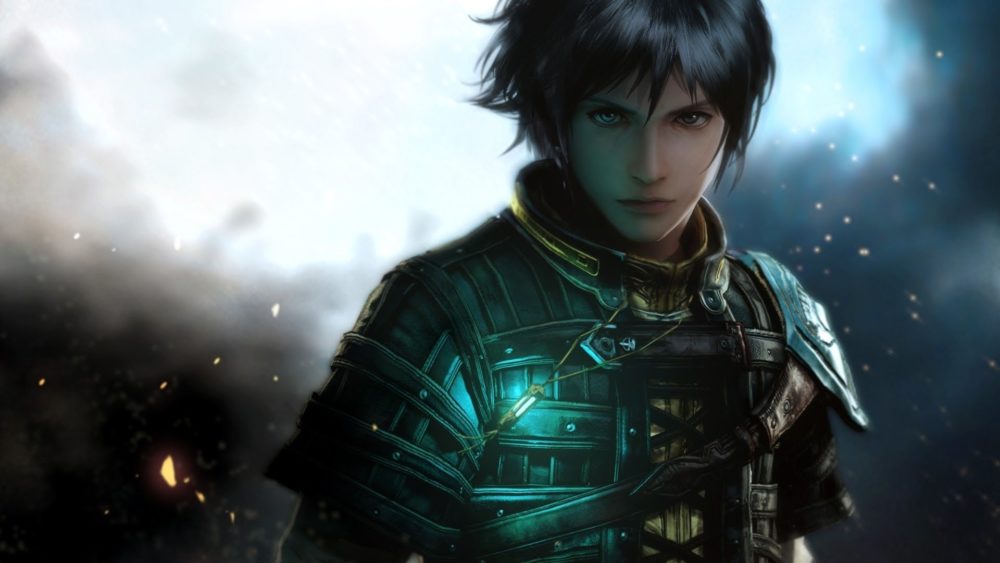Square Enix might be known for its absolutely fantastic JRPGs, but sometimes it makes a few stinkers. Even rarer is the middling game that does enough to avoid being panned but isn’t quite memorable. The Last Remnant is one of those games. When I visited the Square Enix booth at New York Comic Con, I tried the demo for the upcoming The Last Remnant Remastered. I expected an improved experience with quality of life changes similar to those in Final Fantasy XII: The Zodiac Age. Well, at least The Last Remnant Remastered looks pretty. That’s got to count for something, right?
The Last Remnant Remastered demo didn’t really feel like a demo. It started with the opening cutscenes and missions. I skipped the cutscenes since, truth be told, I wanted to save the story for when I start playing the game in earnest. And, not skipping a beat, the game then launched into even more cutscenes and missions. The demo played less like a demo and more like one of those 15-minute game trials on the Xbox One or PlayStation 4.
Admittedly, The Last Remnant Remastered looks pretty good with the Unreal Engine 4. It’s a vast improvement over the original game engine, but it’s not as big an improvement as I’d hoped. Maybe Square Enix had to make compromises so the game could run as smoothly as possible during its large-scale battles. Again, admittedly, the game rarely dropped a frame, but I’ll talk more about that later.
If you ever experienced the original version of The Last Remnant, you know exactly how the demo played out. I wandered around closed-off areas, opened various chests, and ran into enemies, not unlike Final Fantasy XII or other JRPGs. However, the battles were novel as far as RPGs go. Instead of controlling 3-5 characters, I commanded entire squads that moved as a single unit. Instead of giving these squads orders, I gave them suggestions such as, “Attack with combat arts!” or “Protect your allies!” The individual units in the squads carried out these commands as best they could, but the precise controls most JRPG players are used to were nowhere to be found.

Furthermore, in the original version, many players complained that the game’s tutorials didn’t properly explain its numerous mechanics. The game descriptions of basic combat terms and mechanics such as flanking and interception were usually vague. Normally, a game developer would take these criticisms to heart and try to improve the re-release, but not Square Enix. The Last Remnant Remastered features the same unclear descriptions. I still have no idea how half of the game mechanics work.
If the original game had just been confusing, it would have received more favorable reviews. We live in an age where the Internet features walkthroughs and explanations of everything from making the perfect omelette to fixing a broken washing machine. A website or forum that properly explains The Last Remnant’s mechanics is just a click away. However, the original version also had a larger, more problematic issue: the game engine wasn’t up to the task of providing a smooth performance. Many players noted constant dips in framerates as consoles chugged and struggled to achieve even 20 frames per second.
I started playing the demo thinking it would display the same optimization issues as the original version, but I was wrong. The Last Remnant Remastered ran smoothly with one notable exception. As with most JRPGs, combat takes place on an entirely different plane of existence, and the demo’s battle loading screens, while mercifully short, had low framerates. Thankfully, battles did not suffer from this issue.
Would I say The Last Remnant Remastered is a good HD port? Judging by the demo, it’s competent but bare bones. It only improved the graphics and framerates, and it didn’t even touch on the game’s other problems. Still, if you never played the original game, this might be worth picking up if only because you just can’t buy the original anymore. The Last Remnant Remastered will release in December for the PlayStation 4.













Updated: Oct 11, 2018 10:25 am